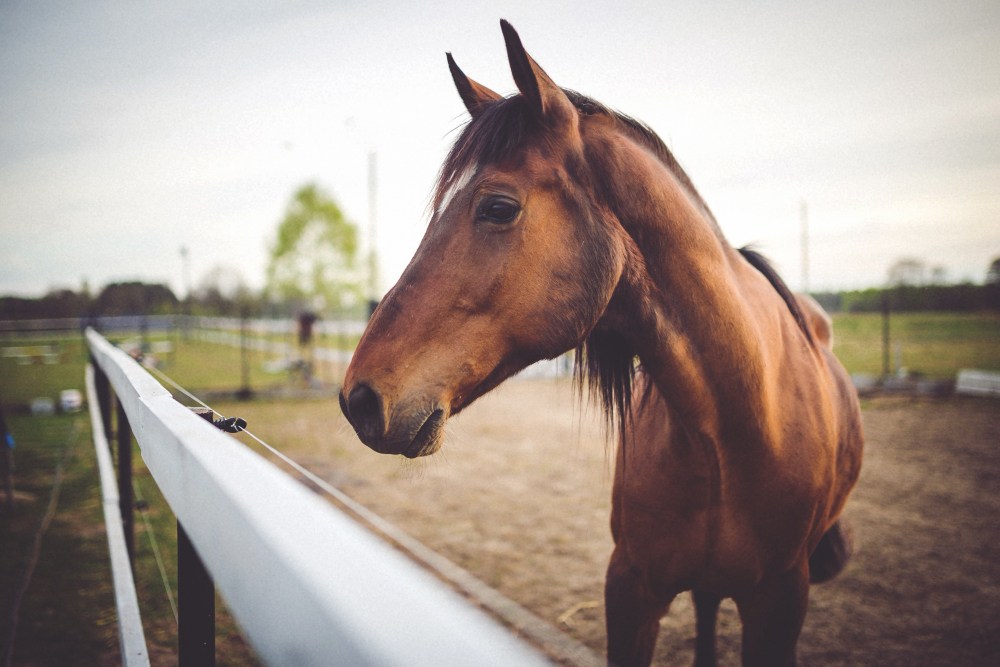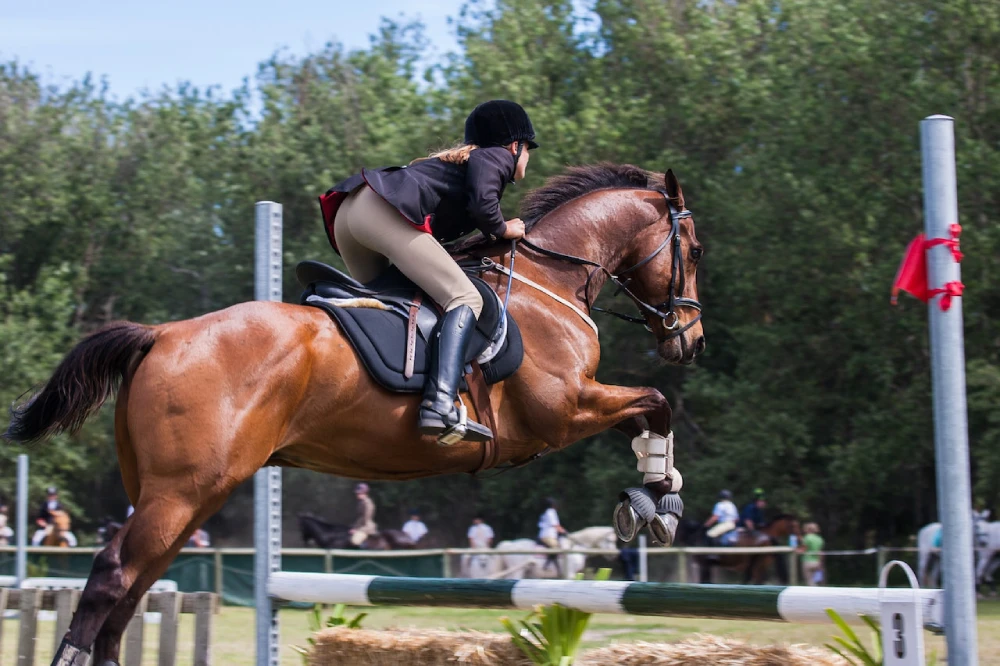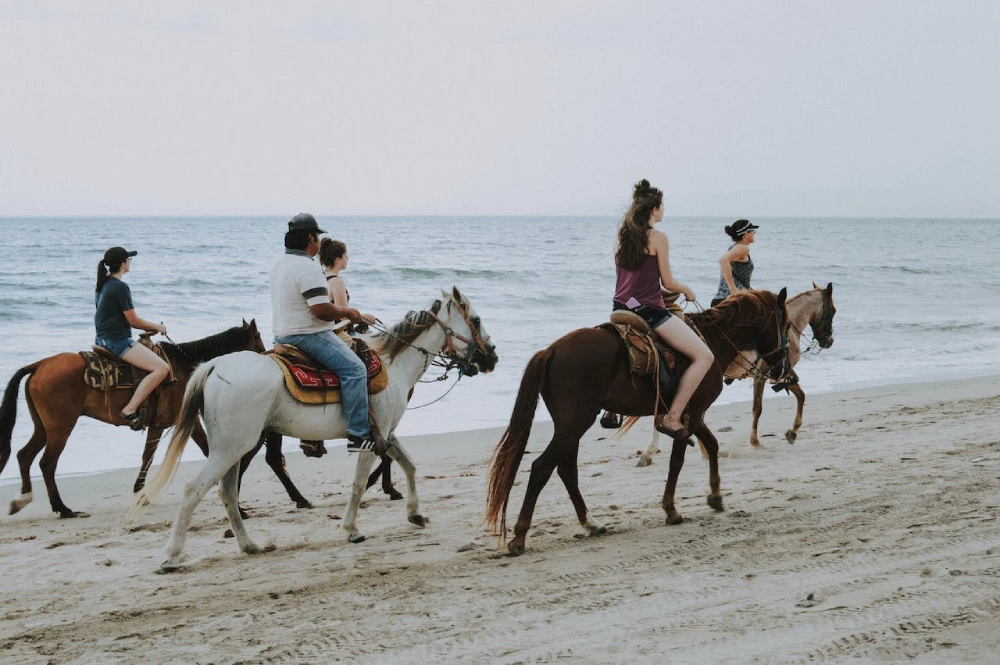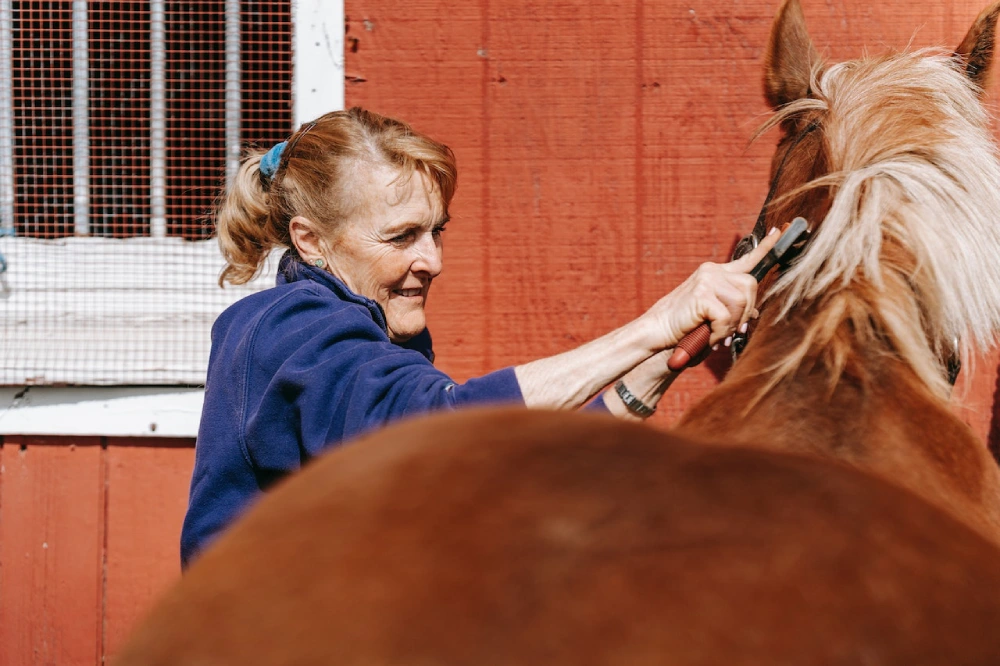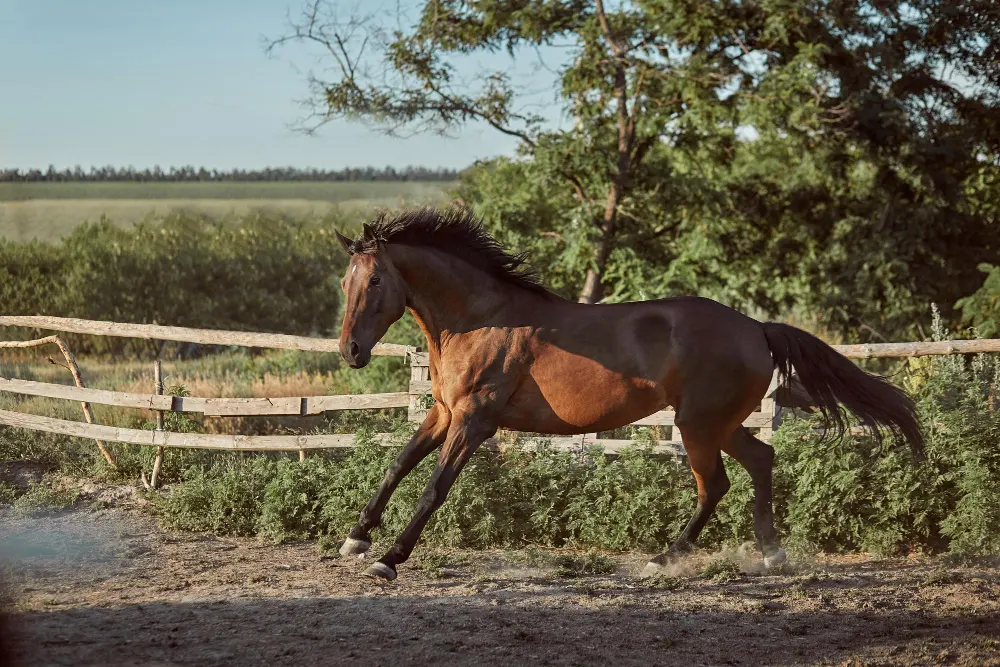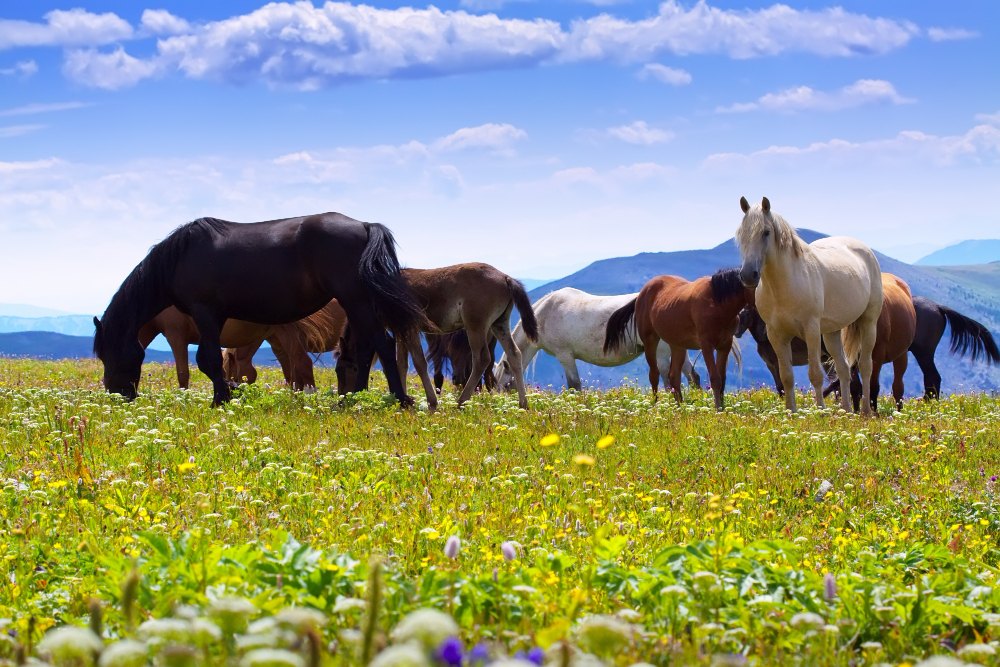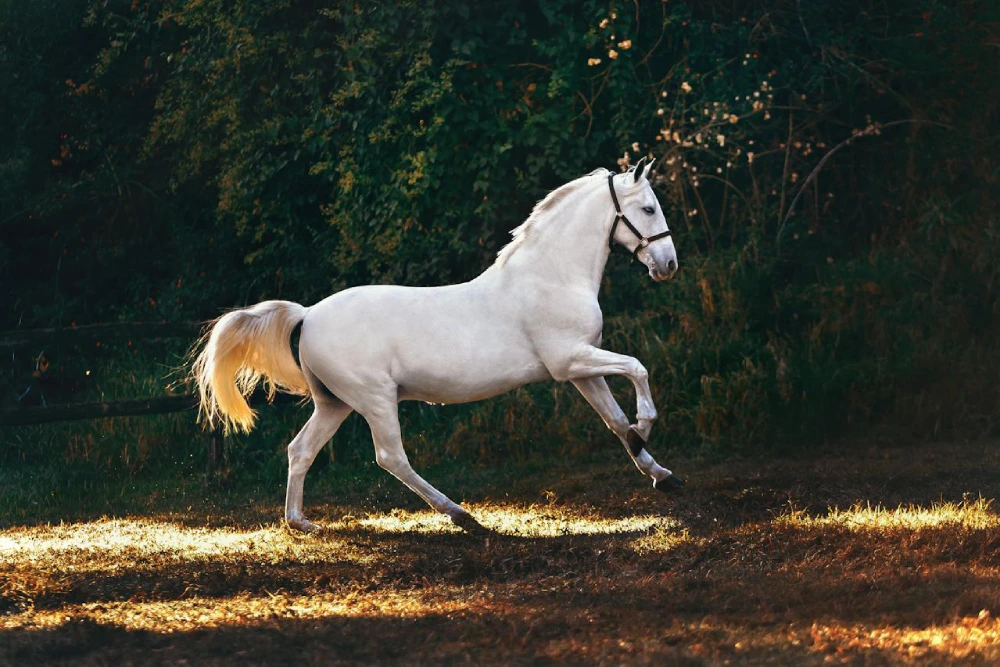Even if you’ve never had the pleasure of riding a horse in real life, you can easily grasp just how massive they truly are. Even the horses that are considered on the smaller side have more than enough weight to toss around, and their strength is still nothing to scoff at. Horses can be used for a variety of purposes, and their weight in addition to their build often decides their fate. How much a horse weighs might just surprise you, and how it determines their life is even more intriguing.
Three Types of Horses
There are dozens of different ways to categorize a horse, but for the sake of clarity on this topic we’re going to categorize them by type. There are three primary types of horses: Coldbloods, Warmbloods, and Hotbloods. There are some breeds that fall outside of these three categories, but they are quite rare and the vast majority of horses you would encounter fall under one of these three types.
There are several differences between these three categories of horses, including overall size, height, athletic ability, and of course, weight. Coldbloods include the draft horses, those extra large gentle giants, Hotbloods are typically synonymous with the fastest horses like thoroughbreds, and warmbloods tend to be a mix of the two. There are dozens if not hundreds of breeds underneath these three categories, but the type of horse they are typically determines what they will be used for in their lifetime.
Of course, each horse is still an individual or you come across a trainer looking for a particular challenge, so there can be outliers of their predetermined destinies. But for the most part, the type of horse determines what they will be best at, and you want to set your horse up for success. Horses that are heavier tend to be better for carrying or pulling heavy loads, while horses that are more nimble have a need for speed. There is rarely a vice versa exception for the sake of safety.
Coldbloods
As previously mentioned, Coldbloods include the largest of horses, otherwise known as Draft horses. This includes breeds such as Clydesdales, Belgians, Shires, and more.
These horses are massive, large-boned creatures with unimaginable strength. As you can imagine, they have been bred and used for farm work and other heavy loaded work for hundreds of years and are still quite popular today.
You may also frequently see these horses in a variety of English competitions, especially things like Dressage or something more casual like pulling a carriage. They tend to be the most easy-going and docile of horses, but are known for having a bit of a stubborn streak within them. Not due to a lack of intelligence, they tend to take longer to train than many other horses, but most of them do live up to the name of gentle giant.
How big are these horses really, though? You might be surprised if you’ve never seen one in person. These horses can stand over six feet tall at the shoulder depending on the breed, and can appear quite stocky once full grown. The average weight of a draft horse is anywhere between 1,400-2,200 pounds, but some can reach 2,500 pounds of weight or more! Those muscles aren’t just for show, and their strength is incomprehensible.
Warmbloods
Warmbloods are a bit of a mix between Hotbloods and Coldbloods. Laying somewhere in the middle, these horses tend to be incredibly strong like the Coldbloods but are much faster and athletic, like the Hotbloods. Warm Blooded horse breeds include the American Quarter Horse, the Dutch Warmblood, and the Hanoverian among many others.
Today, these horses are typically used for sport and leisure. While some are put to work on farms and ranches, others compete in a variety of competitions. Warmbloods tend to be faster and sharper than Coldbloods, and come with a better temperament than Hotbloods, making them the perfect compromise between the two. Therefore, these horses excel at a variety of sports, with more sport competitive horses falling in this category. Aside from excellent companion horses, they also excel at most Western style rodeo categories, Jumping, and Dressage among many others.
Since Warmbloods are a mix between the other two categories, they won’t be quite as large as most Coldbloods. With that said, their size is still not something to mess around with. They still have an average height of between 5 and 6 feet, with an average weight between 1,200-1,500 pounds. These horses have incredible strength and athleticism, but are perhaps a bit less daunting for beginner riders.
Hotbloods
Hotbloods tend to include the fastest horses, and therefore the most nimble. There are of course exceptions, plenty of Warmbloods have won up against Hotbloods in the speed department, but on average Hotbloods are the fastest across the board. In order to obtain that title, though, they tend to be on the smaller side.
These horses aren’t just called Hotbloods for their origin in the Middle East and Africa, they can be a bit hot-headed, too. However, this is usually a good thing considering these horses need to have an abundance of energy, speed, and stamina. Don’t let their smaller frames fool you, they can carry their own weight just fine. The common breeds of Hotbloods include Arabians, Thoroughbreds, and Akhal-tekes among others.
In order for these horses to be the fastest, they are typically the most lean looking horses. With thin coats and light frames, they can be on the shorter side, just barely above pony status in some cases. In most cases, they weigh as little as 800 pounds or as much as 1,500 pounds on average. They still pack plenty of weight, but remain light on their feet to go as far and as fast as they can.
https://horseracingsense.com/types-of-horses-plus-different-kinds/
